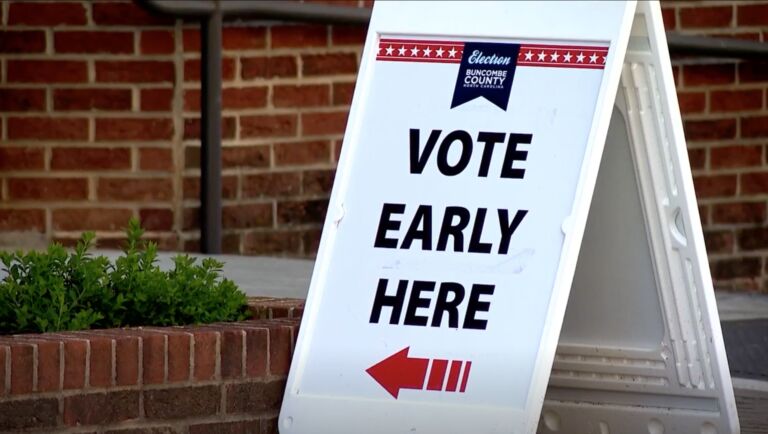Ilya Shapiro of the Cato Institute explains in a Bloomberg column why the U.S. Supreme Court ruling Tuesday in a Voting Rights Act case yielded the correct outcome.
In striking down Section 4 of the Voting Rights Act, the U.S. Supreme Court has restored a measure of constitutional order. Based on 40-year-old voting data that doesn’t reflect current political conditions, this provision subjected a seemingly random assortment of states and localities to onerous burdens and unusual federal oversight.
To be clear, neither minority voting rights nor the ability of the federal government to enforce those rights were at stake in Shelby County v. Holder. Both of those were, are and will be secure regardless of this case and its consequences.
Instead, the court was considering whether the “exceptional conditions” and “unique circumstances” of the Jim Crow South still exist such that an “uncommon exercise of congressional power” is still constitutionally justified — to quote the 1966 ruling that approved Section 5 of the Voting Rights Act as an emergency measure.
As Chief Justice John Roberts wrote for the court in 2009, the last time it looked at this law, the “historic accomplishments of the Voting Rights Act are undeniable,” but the modern uses of Section 5 — which requires federal “pre-clearance” of any changes in election regulation in certain jurisdictions — “raises serious constitutional concerns.” The provision maintains antiquated assumptions and flies in the face of the 15th Amendment’s requirement that all voters be treated equally.
Yet Congress renewed Section 5 in 2006 without updating Section 4’s coverage formula, and it ignored the court’s warning that “the Act imposes current burdens and must be justified by current needs.”
Accordingly, it should be no surprise that the chief justice, again writing for the court, began his opinion by noting that “the conditions that originally justified these measures no longer characterize voting in the covered jurisdictions.”
For example, the racial gap in voter registration and turnout is lower in states originally covered by Section 5 than it is nationwide. Blacks in some covered states have actually registered and voted at higher rates than whites. Facetious tests and sinister devices are now permanently banned; even individual violations are exceedingly rare, and no more likely to occur in jurisdictions that Section 4 sweeps in than in the rest of the country.


